In the early morning hours of April 26, 1988 — still in the “hangover” of the celebrations of yet another “day of freedom” — off Madalena beach, happened what would become the biggest shipwreck in Portuguese naval history. The protagonist? The ship MV Reijin , at the time the largest “car carrier” in the world.
Stranded off that beach in Gaia, the ship, with a total length of 200 m, a weight of 58 thousand tons and more than 5400 cars on board, transformed that place not only into a «place of procession», but also into an event that still today it fills the collective imagination of many Portuguese people.
Comparisons with the sinking of the Titanic were immediate. After all, the MV Reijin, like the ill-fated British liner, was also the most advanced ship of its day, and it also foundered on its maiden voyage. Fortunately, the comparisons did not extend to the number of fatalities - there is only regret for the death of two crew members in this wreck.
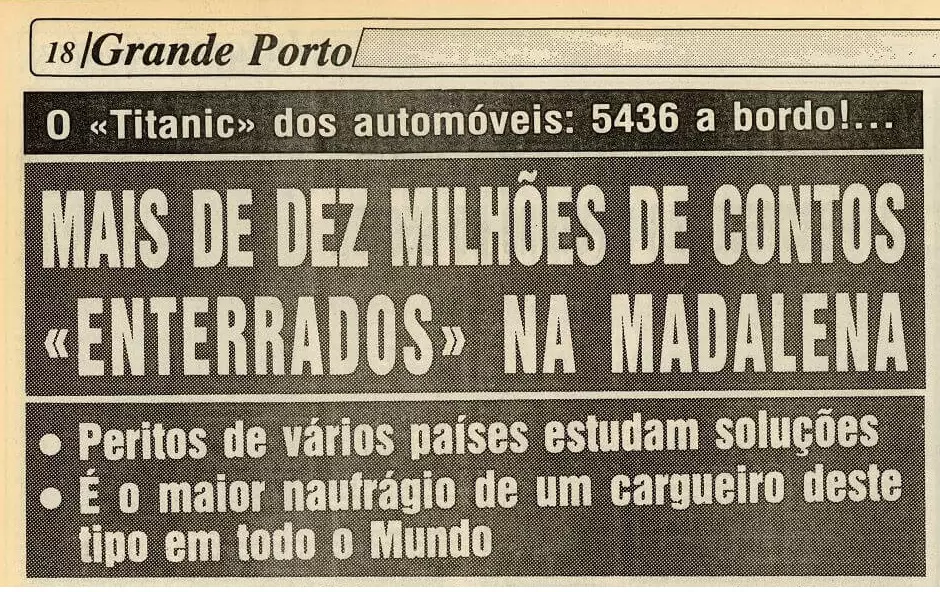
What happened on April 26, 1988?
The MV Reijin, "Titanic dos Automóveis" that would sink in Portugal, the country of sailors, had a crew of 22 men, sailed under the Panamanian flag and in that spring of 1988 was making its first great voyage, not counting more than a year ever since he left the dry dock and started sailing.
Her task was simple: bring thousands of cars from Japan to Europe. This mission had already stopped him at the port of Leixões, not only to refuel, but also to unload 250 cars in Portugal. And it was precisely after doing so that disaster struck.
According to reports, the ship “did not leave well” from the northern port. For some, the MV Reijin would continue with the cargo badly packed, while others believed that the problem was “rooted” and that it was due to some imperfection in its construction.
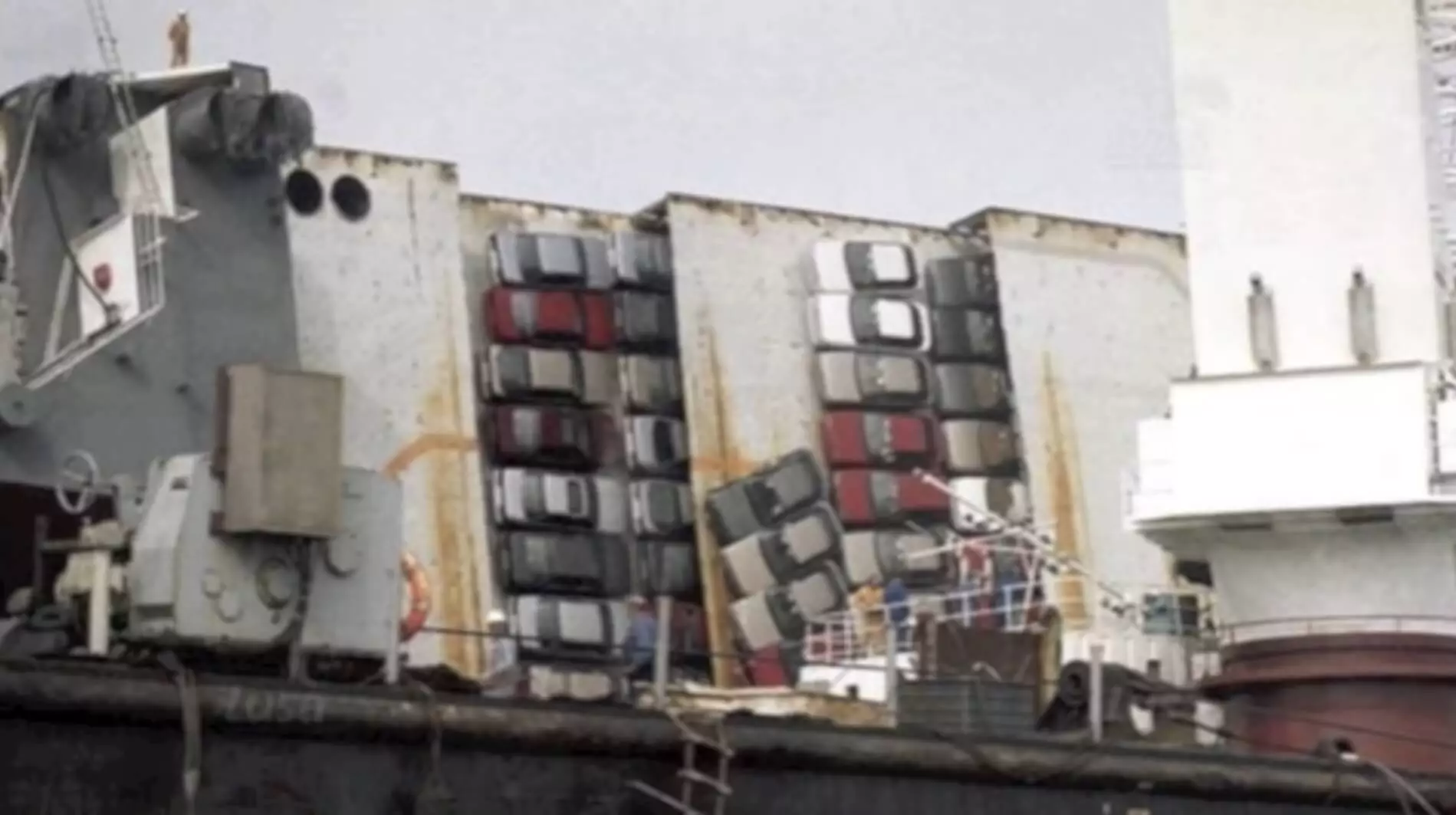
Which of the two opinions corresponded to reality is still unknown today. What is known is that as soon as it left the Port of Leixões — on a night when the somewhat rough seas did not help the crew's task — the MV Reijin was already adorned and, instead of heading to the open sea, ended up defining a trajectory parallel to the coast of Vila Nova de Gaia.
At 00:35, the inevitable happened: the ship that was supposed to go to Ireland ended its journey on the rocks off Madalena beach, stranded and revealing a huge crack. The accident resulted in one person dead and one wounded (both crew), with the rest of the team being rescued with the help of the firefighters and the ISN (Institute for Socorros a Náufragos).
Portugal on the front pages
Reactions to the accident did not wait. The authorities ensured that the situation was under control, that there was no risk of pollution (the MV Reijin had been supplied with more than 300 tons of naphtha and its spill threatened to cause a black tide) and recalled that there was no there is any request for assistance until the ship runs aground.
However, it was the exorbitant value that this wreck represented and the dimensions of the ship that captured the most attention. Automatically dubbed the «Titanic of automobiles», this was “the biggest wreck ever on the Portuguese coast, in terms of cargo and the largest in the world in terms of car carriers”. A title that no ship wants to have and that still belongs to MV Reijin.
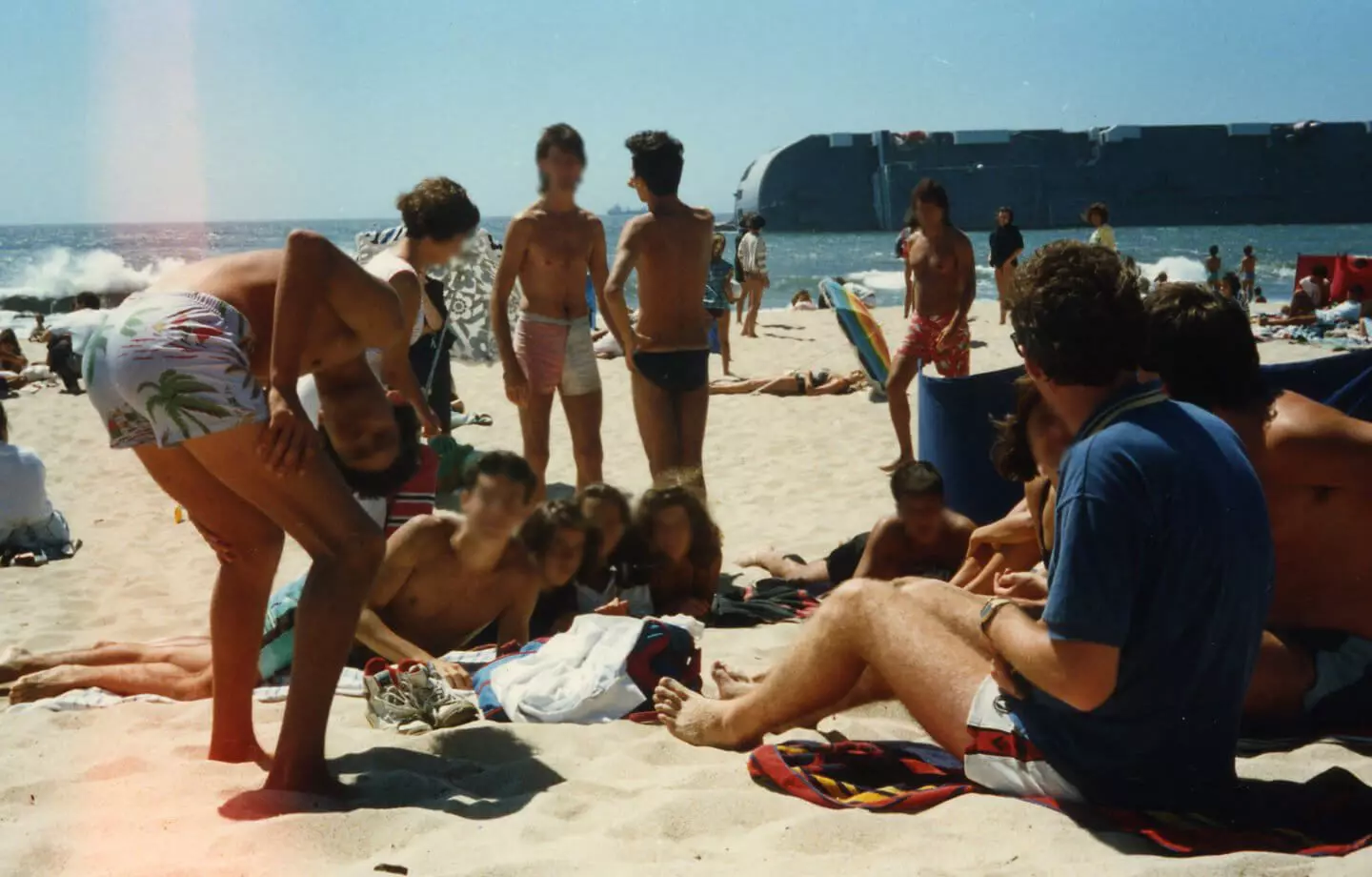
Photographs such as Reijin as "backdrop" have become commonplace.
It was estimated that there were 'stranded' there, in total, more than ten million contos (approximately 50 million euros in the current currency, not counting inflation) and soon began the investigation process to understand how the most sophisticated and modern cargo ship for the sea transport of automobiles had sunk off the much-frequented northern beach.
Full-proof optimism
Along with the investigation, the process of removing and attempting to rescue the MV Reijin and its cargo began almost simultaneously. As for the first, today, the absence of a huge ship off Madalena beach attests to the successful removal of the MV Reijin. The ship's salvation was not, at all, possible to fulfill.
Discover your next car
The deadline given by the government for the removal of the ship was only 90 days (until July 26 there could no longer be MV Reijin stranded there) and, therefore, several specialized companies went to Madalena beach to assess the possibilities and the costs of removing or unseating the huge ship.
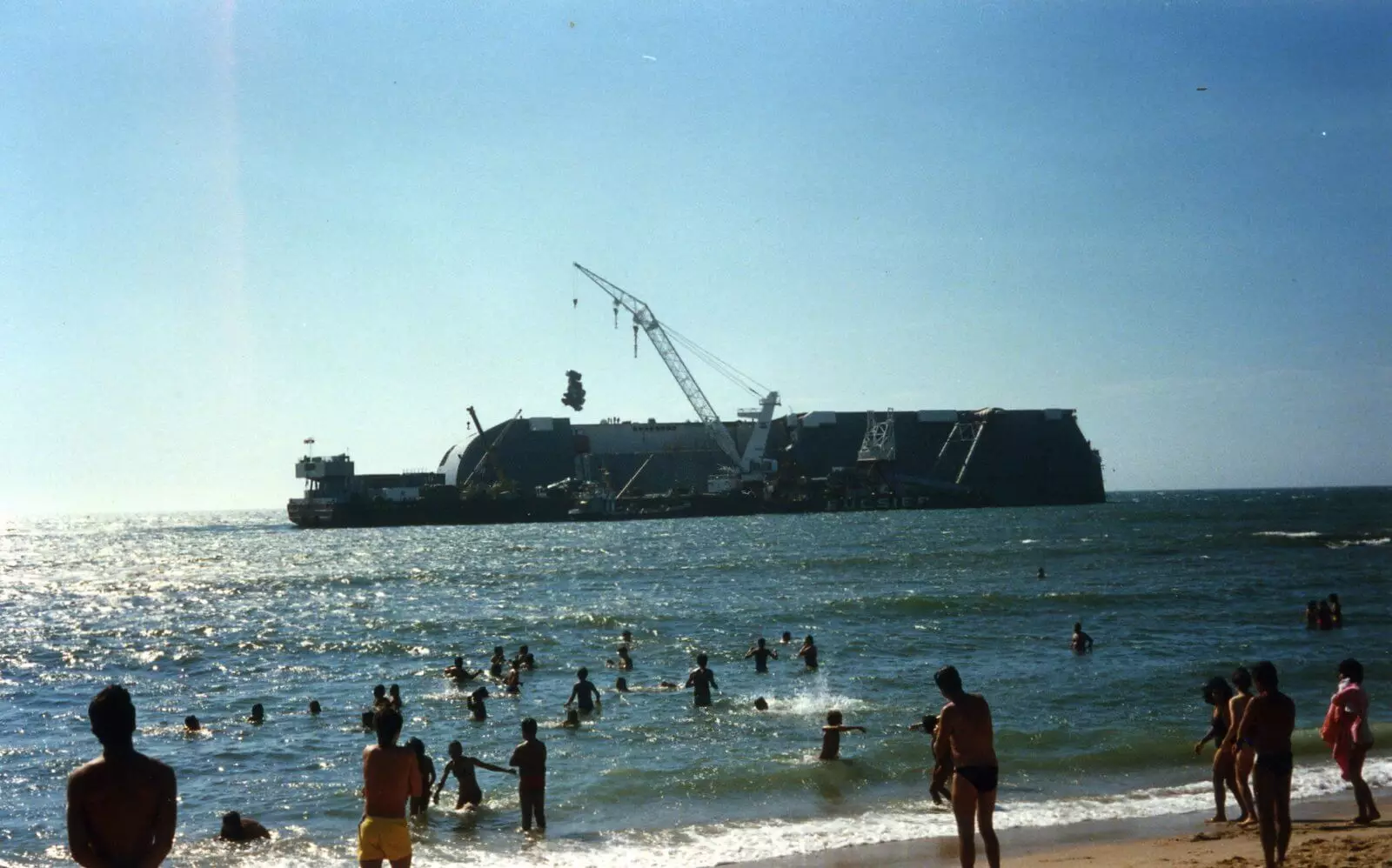
The removal of naphtha, the most urgent of the tasks, began on May 10, 1988 and was a “team work” involving the Portuguese authorities, technicians from Japan and a cistern barge from a Spanish company. As for the removal of Reijin, the costs of which fell on its owner, this was the responsibility of a Dutch company that quickly showed confidence.
In his opinion, the possibility of recovering the car carrier rose to 90% — something urgent, considering that the ship was new. However, time would prove that this figure was too optimistic. Despite the proximity of summer, the sea did not let up and technical difficulties accumulated. The originally set deadline for the removal of Reijin had to be extended.
In just a few weeks, the MV Reijin rescue mission turned into a decommissioning mission. The "Titanic dos Automóveis" had no possible salvation.
A long process full of ups and downs
Months passed and Reijin became an ex-libris. With the bathing season in full swing, on 9 August, the dismantling of the Japanese vessel began. Some parts went to scrap, others to the bottom of the sea, where they still rest today.
At a time when the world was gradually moving towards globalization, the discomfort caused by the idea of sinking part of the ship crossed borders and crossed oceans. Proof of this was a news in which the American newspaper LA Times reported the criticism of national environmentalists to the plan to remove the "Asian giant".
One of these environmental associations was the then-unknown Quercus, who “hiking a ride” from the controversy, came out of the shadows and carried out several actions, including an occupation of the ship.
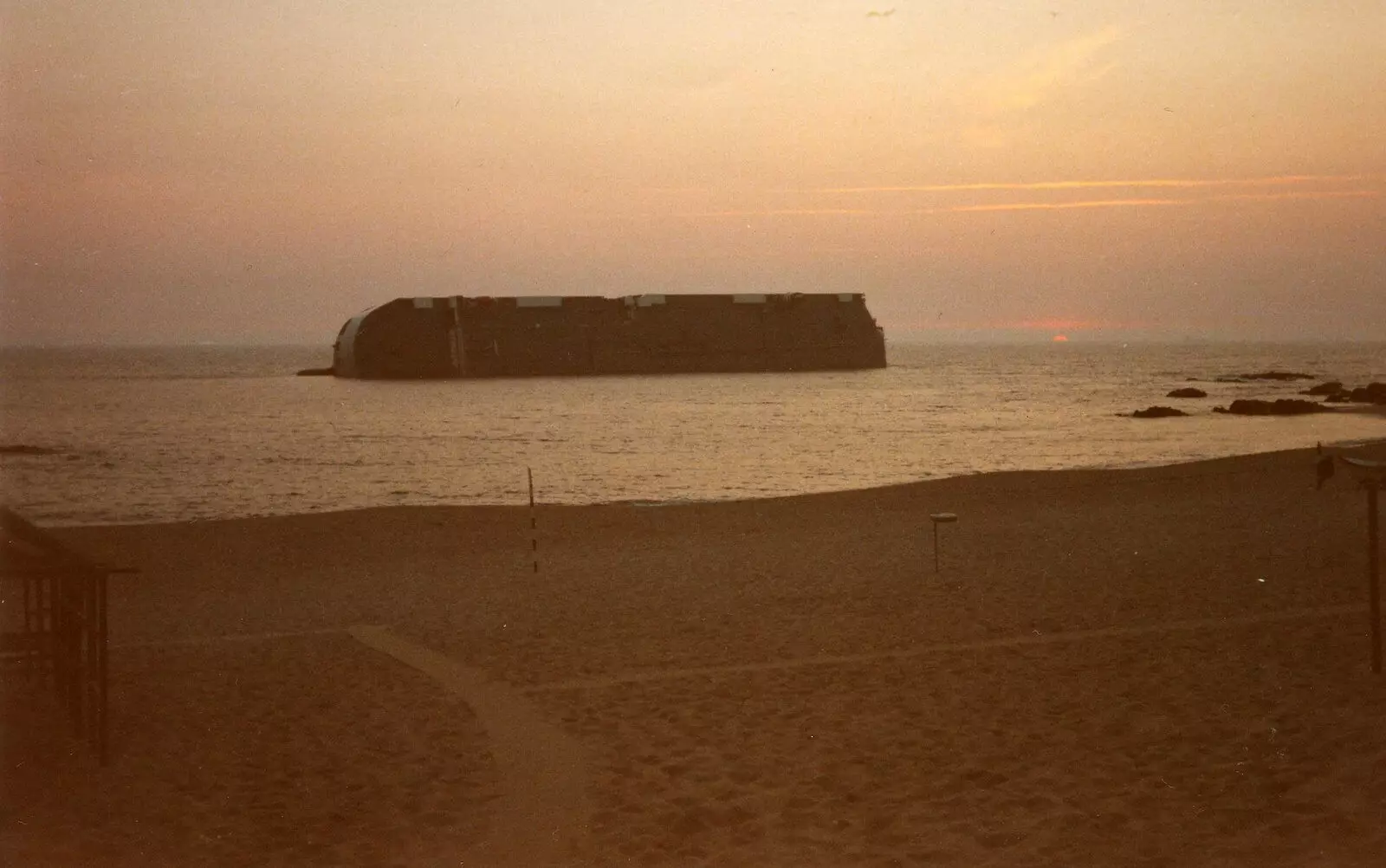
Even so and despite criticism, the MV Reijin was even dismantled and on August 11 the danger that the operations involved led to the banning of Madalena beach. This decision was made in good time, as four days later, on the 15th, the torches used to cut the sheet caused a fire.
For months, car parts and MV Reijin artefacts were washed ashore. Some of them have been transformed into souvenirs that are still preserved by the inhabitants of the area.
The ups and downs were constant throughout the process, such as the comic episode of September 1989, in which a pontoon barge used in the operations broke free of its moorings and “imitated” the Reijin, going aground on Valadares beach.
In the end, part of the ship was sunk 150 miles (240 km) away, another part was scrapped, and some of the cars that the MV Reijin was carrying ended up 2000 m deep and 40 miles (64 km) from the coast — the intervention by authorities and environmental associations prevented this from being the fate of all cars on board the ship.
The total cost of the wreck at the time amounted to 14 billion contos — eight million for the loss of the boat and six for the lost vehicles —, the equivalent of nearly 70 million euros. The environmental costs remained to be determined.
What was lost in value was gained in collective memory. Even today the name "Reijin" makes hearts and memories soar. “Let's see the boat” was the phrase most heard among young people on Madalena beach, when what was at stake was an invitation to moments where prying eyes were not “welcome”. The more adventurous also remember illegal visits to the interior of the ship, in the absence of the maritime authorities.
At sea, the twisted pieces of metal embedded between the rocks remained, which can still be seen today at low tide, and which are material proof of a disaster that occurred more than thirty years ago. They were called MV Reijin, the "Titanic of Automobiles".
